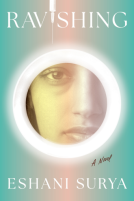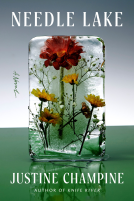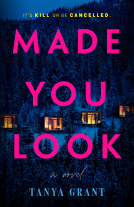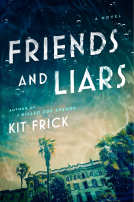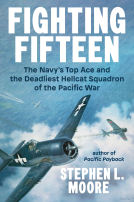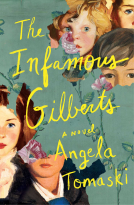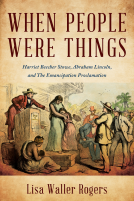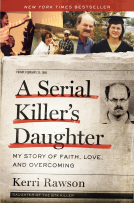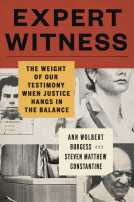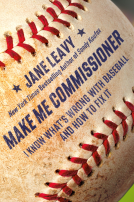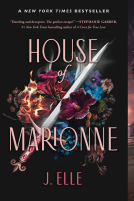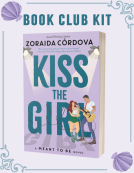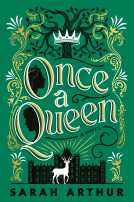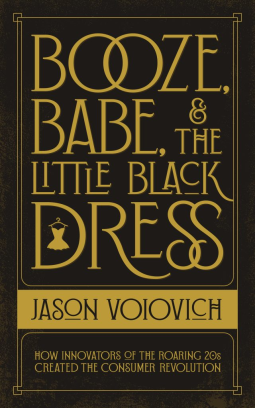
Booze, Babe, and the Little Black Dress
How Innovators of the Roaring 20s Created the Consumer Revolution
by Jason Voiovich
This title was previously available on NetGalley and is now archived.
Send NetGalley books directly to your Kindle or Kindle app
1
To read on a Kindle or Kindle app, please add kindle@netgalley.com as an approved email address to receive files in your Amazon account. Click here for step-by-step instructions.
2
Also find your Kindle email address within your Amazon account, and enter it here.
Pub Date Apr 04 2023 | Archive Date Jul 18 2023
Talking about this book? Use #BoozeBabeandtheLittleBlackDress #NetGalley. More hashtag tips!
Description
Epic stories from the decade that taught Americans how to vote with their wallets.
"The more you read, the less you feel like a sheep in the thrall of Madison Avenue, and more like a tiny, private tycoon bending the market to your whims."
What did Al Capone, Babe Ruth, and Coco Chanel all have in common? Al Capone understood that working men just wanted to enjoy a beer after a long day at work…and that working women wanted exactly the same thing. Babe Ruth understood that people wanted a show, not just a game…even if they would never see him play. Coco Chanel understood that women wanted freedom from tight corsets, flowing gowns, and complex updos…even if (especially if) that meant showing some skin. Each one understood what their customer wanted and found a way to give it to them.
We’ve heard amazing stories like these so often over the past 100 years that they’ve become…well, normal. But that’s only because no one alive today remembers what life was like before the so-called “Roaring 20s” – the most misunderstood decade in American history. Capone, Ruth, and Chanel were indeed unique, but they were not alone. Dozens of innovators used the same approach to systematically change every aspect of our daily lives in a 10-year orgy of societal transformation unknown before or since.
The 1920s ushered in nothing short of a Consumer Revolution – one just as transformative as the Industrial Revolution that preceded it or the Information Revolution that followed. Consumer culture not only changed what we buy and how we buy it, but more important than that, it changed how we see ourselves and our role in society. We’re more than healthcare patients, college students, social advocates, and citizens. We’re consumers…and we demand to be treated as such.
Our world – for good and for ill – would never be the same.
What you can expect in this book:
- Fun, fast-paced, and fascinating stories about colorful characters of the 1920s.
- Learn the origins of everything from frozen food to diaphragms.
- Empower yourself to make better consumer choices...starting today.
This book will help you rediscover your power to change the world!
Advance Praise
"Jason brings 1920s marketing back to life through stories told so compellingly that you want to marinate on each one. History has so much to teach us, and this book nails such a core period - while also being such a fun one to read." Todd Caponi, Author of The Transparency Sale and The Transparent Sales Leader
He’s done it again. Fresh and unique insights often grow out of the intersection of two interesting topics. As with Marketer in Chief, Jason Voiovich demonstrates his mastery of U.S. History and marketing with the deeply researched but fun-to-read Booze, Babe & the Little Black Dress. Voiovich captures, with imagination and great story-telling, the impact of how the “Choice Era,” born in the Roaring Twenties, revolutionized American culture.
— Steve Wehrenberg, retired advertising executive and professor of strategic communication
In “Booze, Babe, and the Little Black Dress,” Jason Voiovich glibly reveals the bones and origins of consumer culture. The colorful characters and funny anecdotes he uses to explain the tectonic plates of modern America isn’t merely fascinating—it’s also strangely empowering. The more you read, the less you feel like a sheep in the thrall of Madison Avenue, and more like a tiny, private tycoon bending the market to your whims.
– Andrew Heaton, comedian and podcaster
"He's like if Will Rogers and Mr. Spock had a baby."
www.mightyheaton.com
Available Editions
| ISBN | 9781737001331 |
| PRICE | $7.99 (USD) |
| PAGES | 477 |
Links
Available on NetGalley
Average rating from 18 members
Readers who liked this book also liked:
Lisa Waller Rogers
Biographies & Memoirs, History, Nonfiction (Adult)
Kerri Rawson
Biographies & Memoirs, Parenting, Families, Relationships, True Crime
